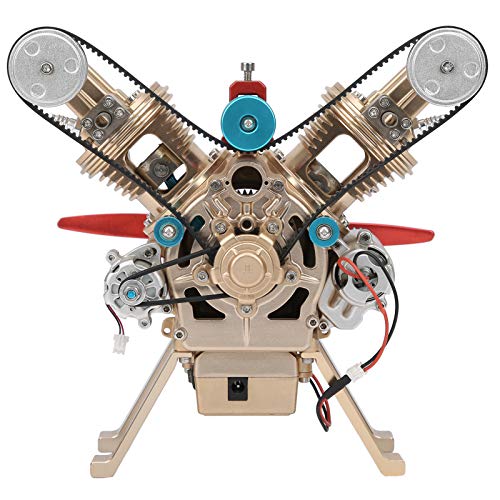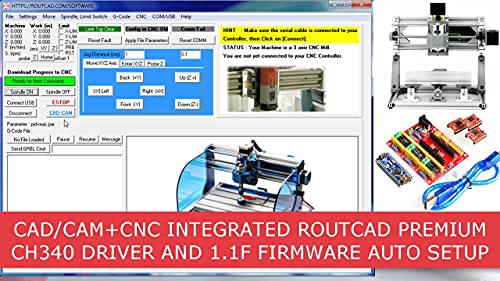DIVIDING PLATE ..DIY ..Help...!!
I am finishing the gear cutting tool, it can cut spur gear and Helical gear
I am making a dividing plate to cut gears
The outer diameter is for cutting even numbered gears, the inner is for odd numbered gears
The outer diameter is relatively easy to divide by angle = 9 , but with the inner diameter, the angle of each part will be 9.23 degrees
The question is: How to divide accurately with an angle of 9.23 degrees ?
Do you have any suggestions ?
Thanks

I am finishing the gear cutting tool, it can cut spur gear and Helical gear
I am making a dividing plate to cut gears
The outer diameter is for cutting even numbered gears, the inner is for odd numbered gears
The outer diameter is relatively easy to divide by angle = 9 , but with the inner diameter, the angle of each part will be 9.23 degrees
The question is: How to divide accurately with an angle of 9.23 degrees ?
Do you have any suggestions ?
Thanks



































































